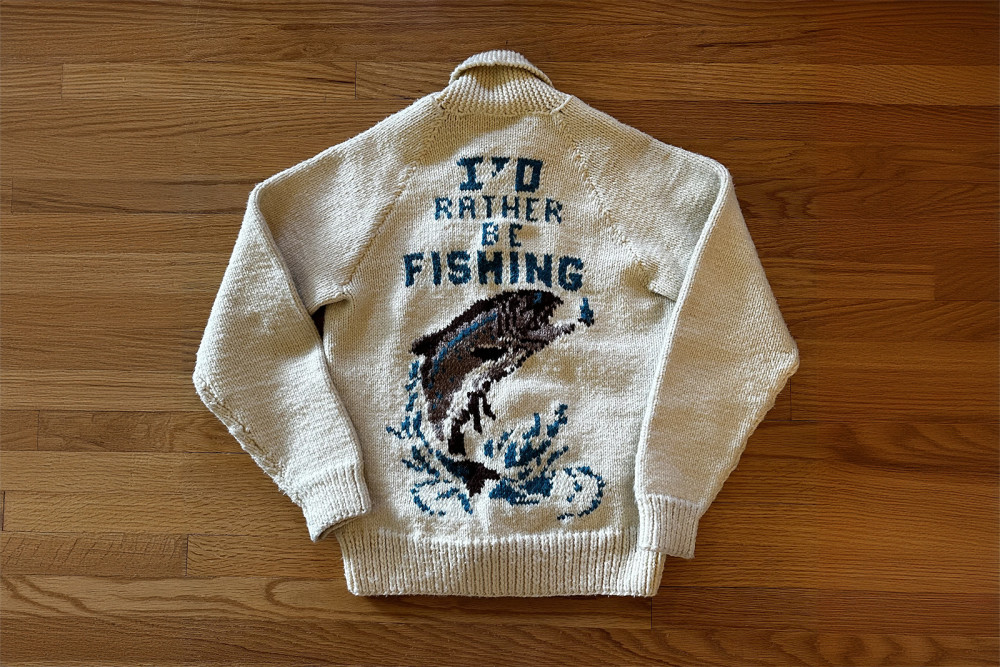Tips on How to Shop for Vintage Outdoor Gear
Knowing where to shop is part of the equation. Knowing how to shop? That’s the rest. So with the help of a few experts in the field, we’ve put together a cheat sheet for finding secondhand gear that works for you from the get-go.
Know Your Measurements
Sizing varies from brand to brand and decade to decade. And with so much of the secondhand market online, knowing your measurements is the virtual world equivalent of a fitting room.
Chris Flynn of Vintage Trouts notes that, “sizing has changed through the years, so always make sure to ask for measurements if they are not provided.”
A good reference point is finding something that fits you well. Take its measurements with a cloth tape measure, the kind an old-school Italian tailor would use, and keep them on hand as a reference point to score the perfect bouldering double knees on eBay.
Shop by Material & Activity
Synthetic materials are filled with forever chemicals, fill the ocean with microplastics, and have a short shelf life. Filtering by durable natural fibers is the best way to discover under-the-radar deals. Sean Hagerty, of Swan Shop Vintage, says that in his opinion, “garments made of natural materials like wool, cotton, or leather tend to age more gracefully than garments made of synthetic materials like nylon or polyester.”
That old saying, cotton kills? It might not be true. Contemporary companies like Amundsen Sports, Appalachian Gear Company, and Barebones build modern goods from classic materials inspired by heritage designs.
“Vintage” has become a price-hiking search term. Shopping specific materials like “Shetland Wool” or “Waxed Cotton” can circumvent the resale upcharge and connect you with the same goods with friendlier pricing.

